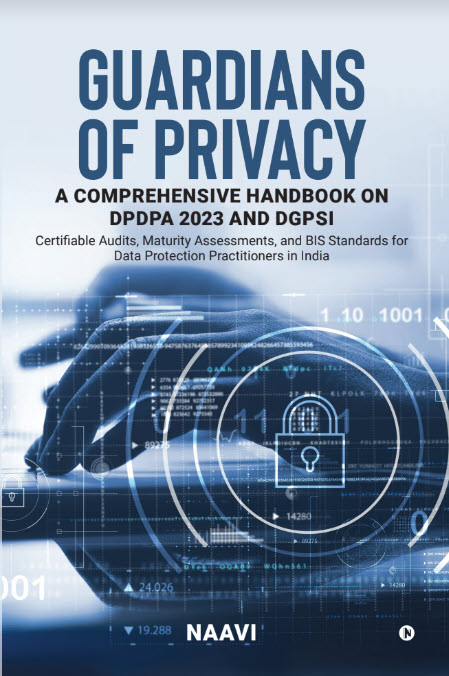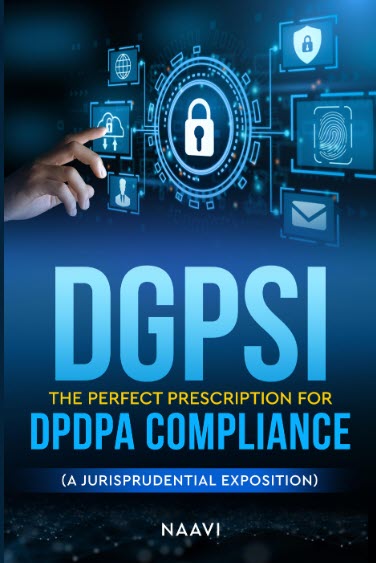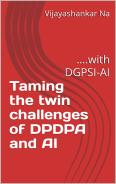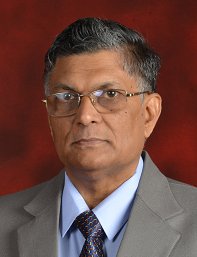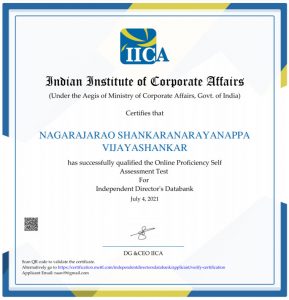Arnab Goswami has been a disruptive influence on the TV media especially in the last one year. Times Now claims that it has made a huge progress in media ratings because of Mr Arnab’s antics. Mr Rajdeep Sardesai who was once a Guru of Arnab has now become a secondary journalist and has to team up with Rahul Kanwal and others to fight Arnab. Even Bukah Dutt has become subdued under the verbal onslought of Arnab. In fact the predicament of the competing channels is evident from the fact that they are running ad campaigns depicting Times Now as the “Noice Channel” and “Circus Channel”.
Recognizing this contribution of Mr Arnab Goswami, he has been recently elevated as President and Editor in Chief of Times Now and more importantly ET Now. (Refer article here).
As if intoxicated by this new found recognition from within, Arnab Goswami went hammer and tongs at Sushma Swaraj yesterday even announcing that his reporter was waiting at the gate of Sushma Swaraj’s residence expecting her to come out any time and announce her resignation to the press. Unfortunately, BJP called his bluff and refused to budge to his wishes. He is ofcourse trying again today and continuing his tirade against BJP much to the delight of Congress and Aam Admi Party.
Now with the new found responsibility in ET Now, it would be amusing to see whether the noice levels increase in the studios of ET Now and whether it would disturb the clear leadership that CNBC TV possesses in this market.
If we predict the influence of Arnab on ET Now, we can expect more of negative reports from ET Now particularly on the Reliance Group companies which own CNBC TV. There could even be a “Combo Attack” by both Times Now and ET Now on Reliance companies for a domino effect in bringing down the share prices.
There have been many financial journals which we have seen in the past which have adopted the “Black Mail Strategy” to growth where they publish negative reports to boost circulation and extract benefits of various kinds. Most of them have however withered away after flattering to deceive.
So far, the Arnab antics was limited to Political discussions and affected the country only in the political scenario. Now that he will have a hand in the management of economic news, his potential to bring down the future of India has increased.
We may therefore have another Kejriwal of the Indian media set to destroy the economic progress of the country.
However, there is one management principle that we all need to remember. It is called the “Peter’s Principle”. I suppose this will start working now in the case of Arnab. His strategies which worked well for political debates with an audience who rejoice the noisy debates for fun, may fail miserably in the investor market. And Arnab might have been elevated to his “level of inefficiency” as Peter’s principle enunciates.
The ground is set for the same since what Arnab Goswami has claimed in yesterday’s report includes a claim to possess confidential emails of some persons which he has used for the furtherance of his business. This is a prima facie offence under Section 66 of Information Technology Act 2008 which is a cognizable offence. If any person files a complaint, the Police will have no option but to register an FIR, and investigate whether Times Now was directly or indirectly involved in the hacking of email accounts of any one of the stake holders whose names have come out during the exposure of the emails.
The only defense that Arnab will have would be to claim that what seems to be an offence was done without malicious intention and with public interest. He will also claim that he is exercising a “Freedom of Speech” and he cannot be questioned on his reports. These however is not a defense against any civil claims if any that may also be filed by various persons whom the report has tried to defame.
Naavi


